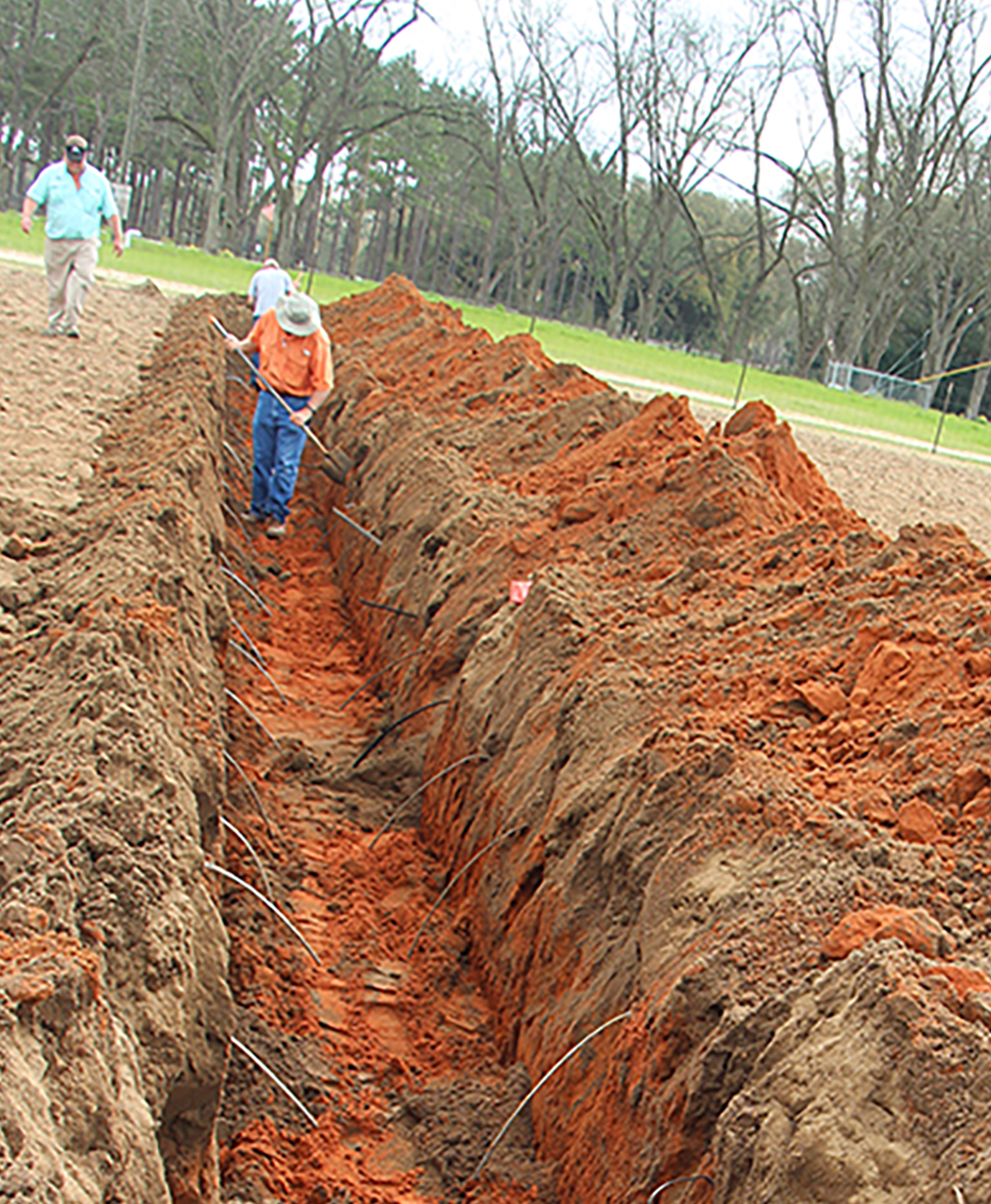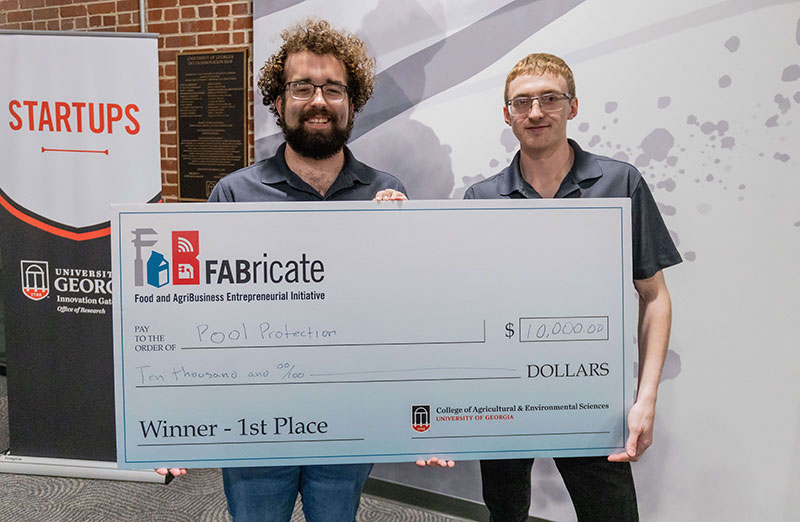Drip irrigation systems have long helped Georgia vegetable farmers grow high yielding crops. Sub-surface drip irrigation can help some Georgia peanut farmers water their crops more efficiently, according to a University of Georgia Cooperative Extension expert. And, it won’t interfere with peanut digging equipment.
While not suitable for all peanut fields, sub-surface drip irrigation could be used in smaller fields with irregular shapes where pivots are unable to reach or in plots with dry corners.
“With drip tubing, you can get in these smaller spaces and provide irrigation for peanuts,” said Wes Porter, a UGA Extension precision agriculture and irrigation specialist.
Sub-surface drip irrigation is primarily used for vegetable production in Georgia. Most commercial farmers grow vegetables on a plastic covering that lies above the sub-surface drip irrigation system. The water is applied directly to the plants’ roots, which results in vegetable farmers’ success.
Porter believes that the same success can be achieved with peanut farmers. One of the system’s biggest advantages is its efficiency.
With a standard irrigation system, Porter estimates farmers achieve an 80- to 85-percent success rate because some of the water used over the crops evaporates. With a drip system, efficiency is increased to between 90 and 95 percent. Farmers maximize their water usage and decrease the amount of water they use, which conserves resources and saves money.
“The crop still requires the same amount of water, but with your efficiency calculation, you should be able to back off the amount you’re applying,” Porter said.
Porter hopes to dispel the misconception that drip irrigation interferes with peanut diggers.
“When they get in the soil, farmers are afraid they’re going to hit their drip lines when they’re digging their peanuts. You’re not because the drip line is 12 inches below the soil surface. You’re sufficiently deep,” he said. Only 3 to 4 inches of depth is required for peanut diggers to be successful. “Having the water right there for that root zone for those peanuts really helps throughout the season.”
One disadvantage of drip irrigation is the high cost of installation. Porter estimates drip irrigation is twice as expensive at installation than overhead irrigation —anywhere from $1,600 to $2,000 per acre. This cost includes insulation materials and tubing, but not the cost of the water source. However, because it uses thicker material and is buried deep in the soil, drip irrigation can last 10 to 15 years and up to 20 years in some cases, Porter said.
Drip irrigation systems can be operated manually or through an automated timer that applies water on a designated schedule.
“With proper management, farmers can really see an increase in yields from drip. We know how much water each crop needs from the standpoint of inches per week,” he said.







